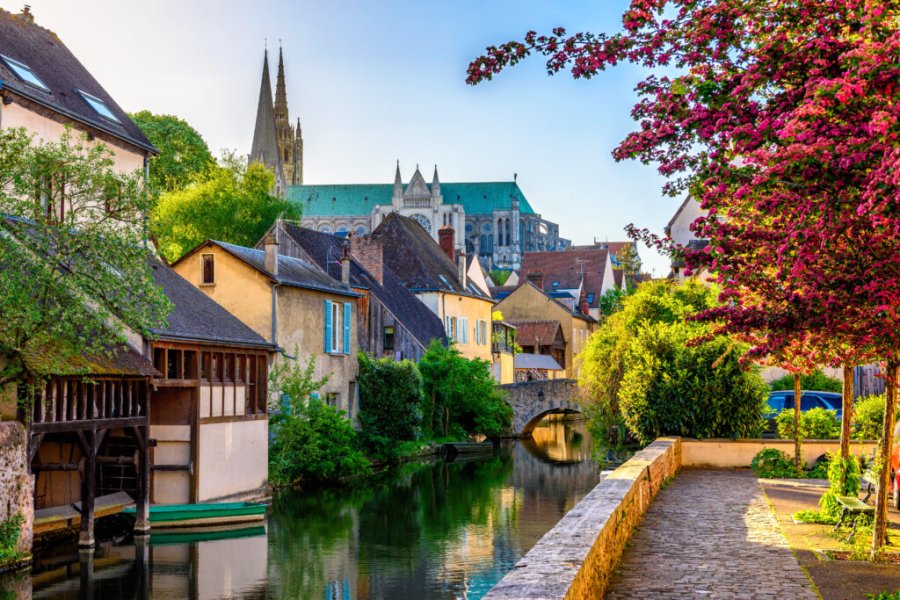Travel Guide Kaifeng 开封
Find an accommodation
Advertising
This city of 800,000 inhabitants, located 70 km from the capital of Henan on the alluvial plains of the Middle River, was one of the largest capitals of the Chinese empire. With a history of over 2,700 years, it is one of China's oldest urban centers.HistoryKaifeng was known as Qifeng at the time of the Spring and Automnes when Zheng's state decided to install its grain attic. Emperor Jingdi of the Han reclaimed his city Kaifeng in 156. Kaifeng, a large agricultural plain, quickly became one of the most important cities in the cradle of Chinese civilization.It will be the capital of seven Chinese dynasties. In 364 BC, the Wei transferred their capital from Anyi to Shanxi to Kaifeng, renamed Daliang. The city will retain the status for 140 years. Then, during the period of the Kingdoms, it will be the intermittent capital of the Liang dynasties from 90 (Dongdu: Western capital), the Jin posterior (Dongjing, 936 to 946), the Han Posterior (947 to 950) and Zhou Posterior (951 to 960).Kaifeng will reach his apogee under Song: for 167 years (from 960 to 1127), Dongjing will become the largest economic, political and cultural center in China and one of the world's largest metropolises attracting merchants from around the world. The city then covered a surface of 30 km ², including an imperial palace (Forbidden City), a murked city and outskirts (outside city: Waicheng), the classic layout of the exemplary urbanism of the Song for a capital of 1.5 million inhabitants! It was at that time that the Jews first ventured into the Middle Kingdom: a group of Jewish traders from the Indes settled in Kaifeng, obtaining Chinese nationality of the graces of Emperor Zhenzong of the Song du Nord, and gradually relying on the local Han population for subsequent generations.Today, the ruins of the synagogue are visible in Kaifeng Hospital No. 4, north-east of the city. Renamed Bianjing under the Jin, Kaifeng will live his last years of prosperity. In the nineteenth and early twentieth centuries, it will become one of the major industrial centers of the People's Republic with the facilities of the first great five-year plan in the 1950 s: large production machinery for agricultural machinery and phosphate fertilizers. Here too Liu Shaoqi, the President of the People's Republic ended his life, imprisoned and tortured by the Red Guards during the Cultural Revolution.TodayKaifeng is a small city and the visit of the main sites can be done in the day or in two days at most. There are few traces of the great Song era due to successive flooding. The ramparts of the ancient imperial city fainted with the dynasty, only a few mountains of land are now attested to their existence in Tie Ta Park east of the Iron Tower. In recent years, Kaifeng has sought to resurrect its greatness by recreating ensembles in honor of the great era: packages that can sometimes seem a little kitsch by time… Park the streets of this historic capital and let you discover its relics on the corner of the streets…
What to visit Kaifeng 开封?
Advertising
Weather at the moment
Advertising
Organize your trip with our partners Kaifeng 开封
Transportation
Book your plane tickets
Car Rental
Boat rental
Accommodation & stays
Find a hotel
Holiday rental
Find your campsite
Tailor-made trip
Immersion travel
Services / On site
Activities & visits
Find a doctor
Find unique Stay Offers with our Partners
Other destinations nearby Kaifeng 开封
100 km away















